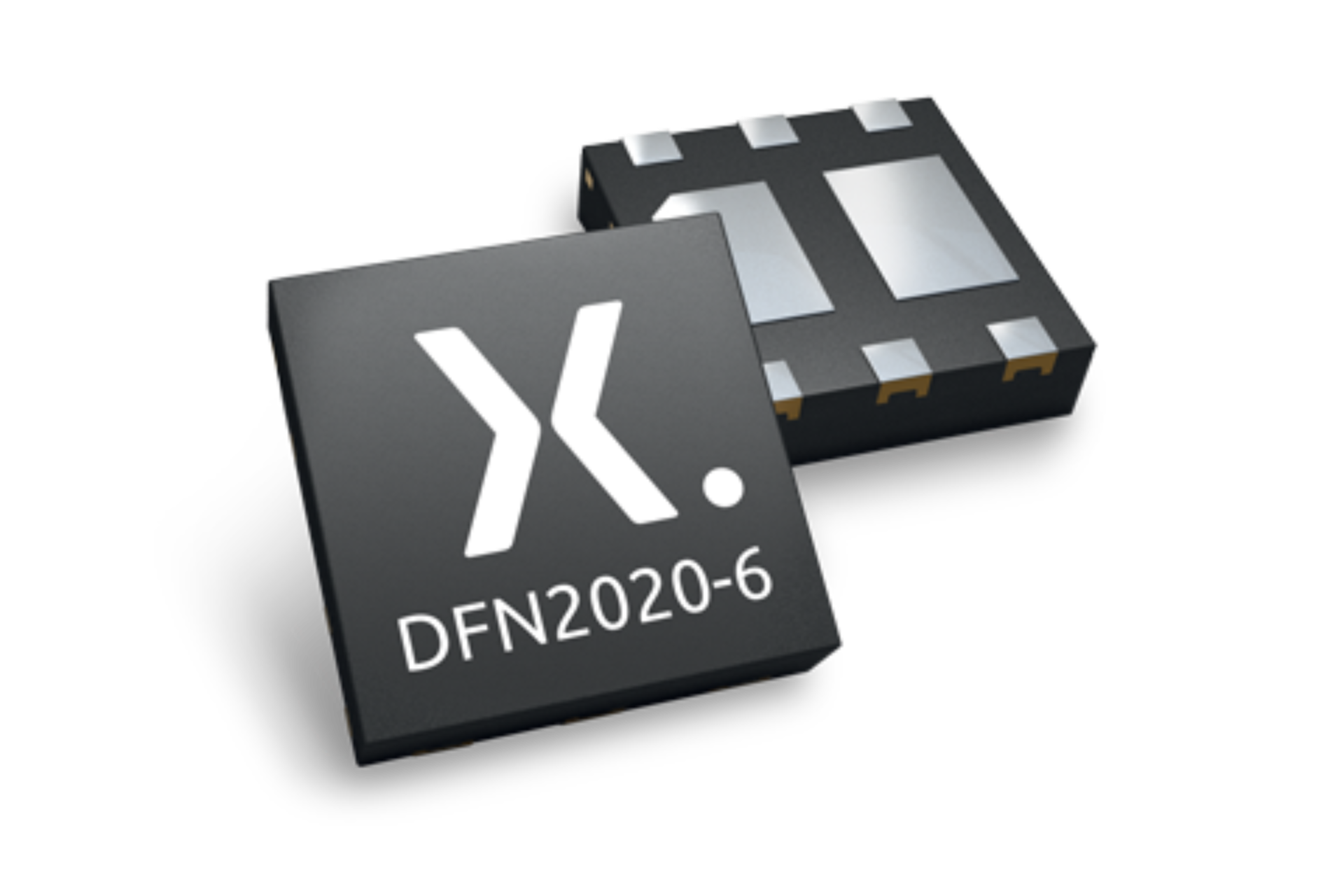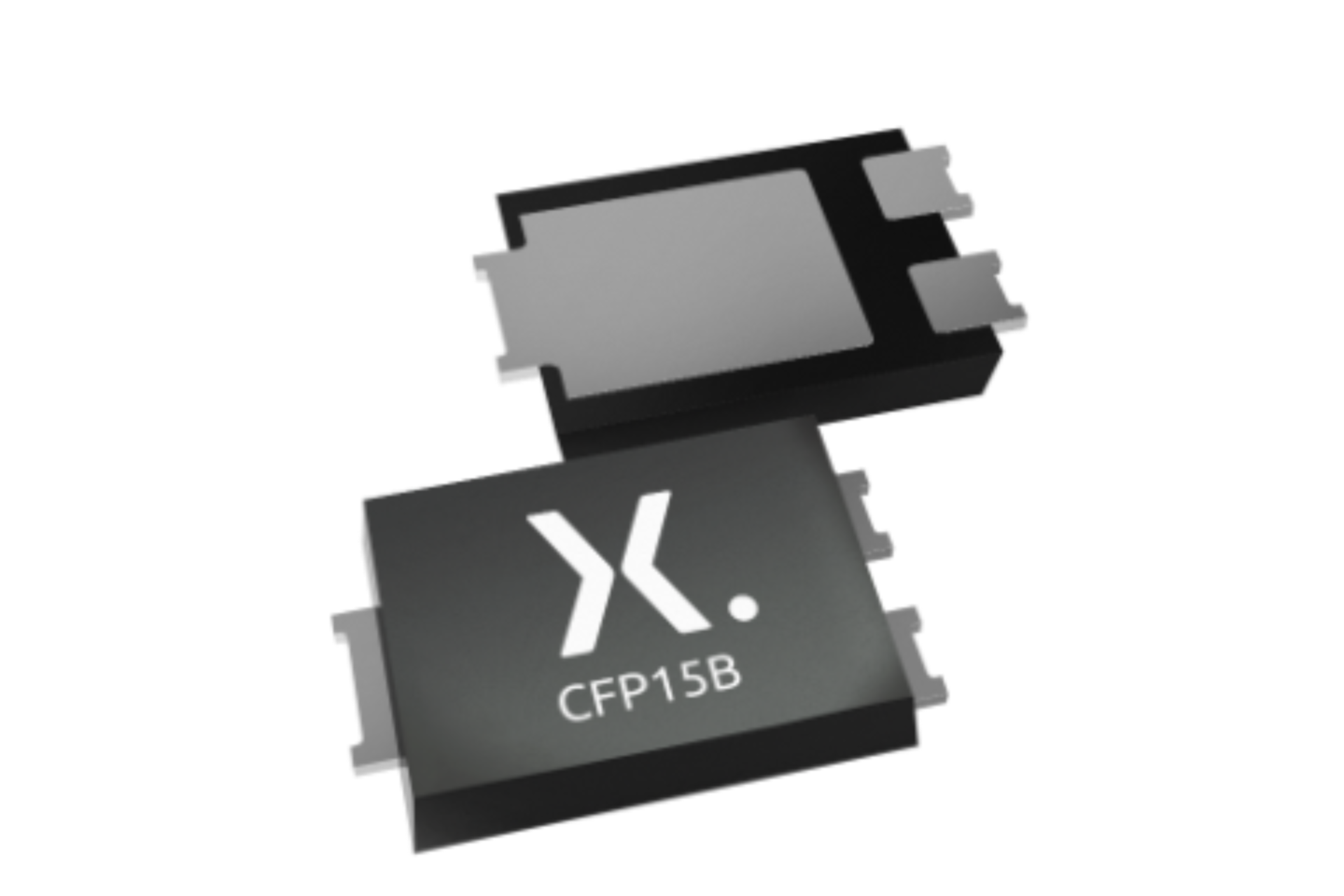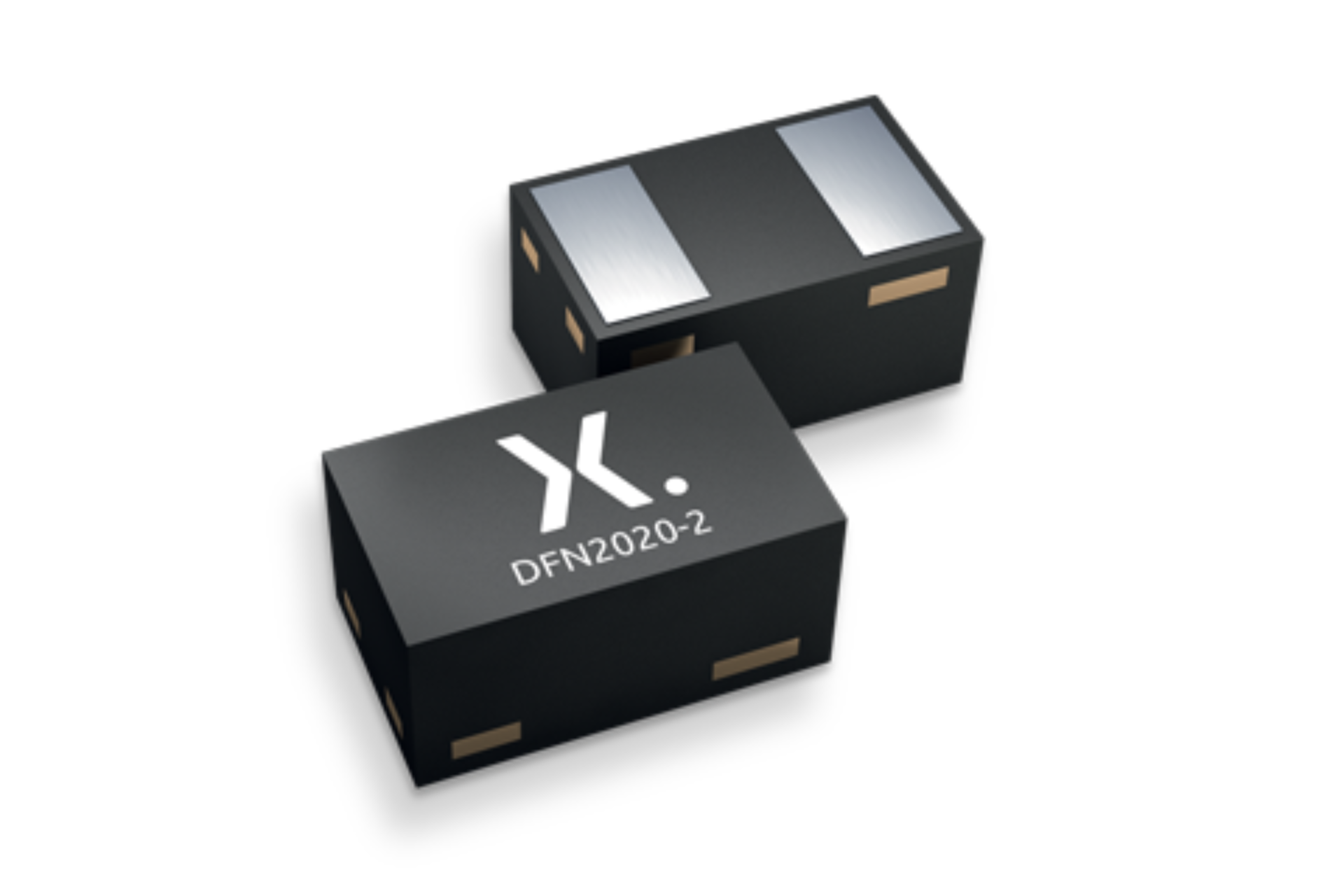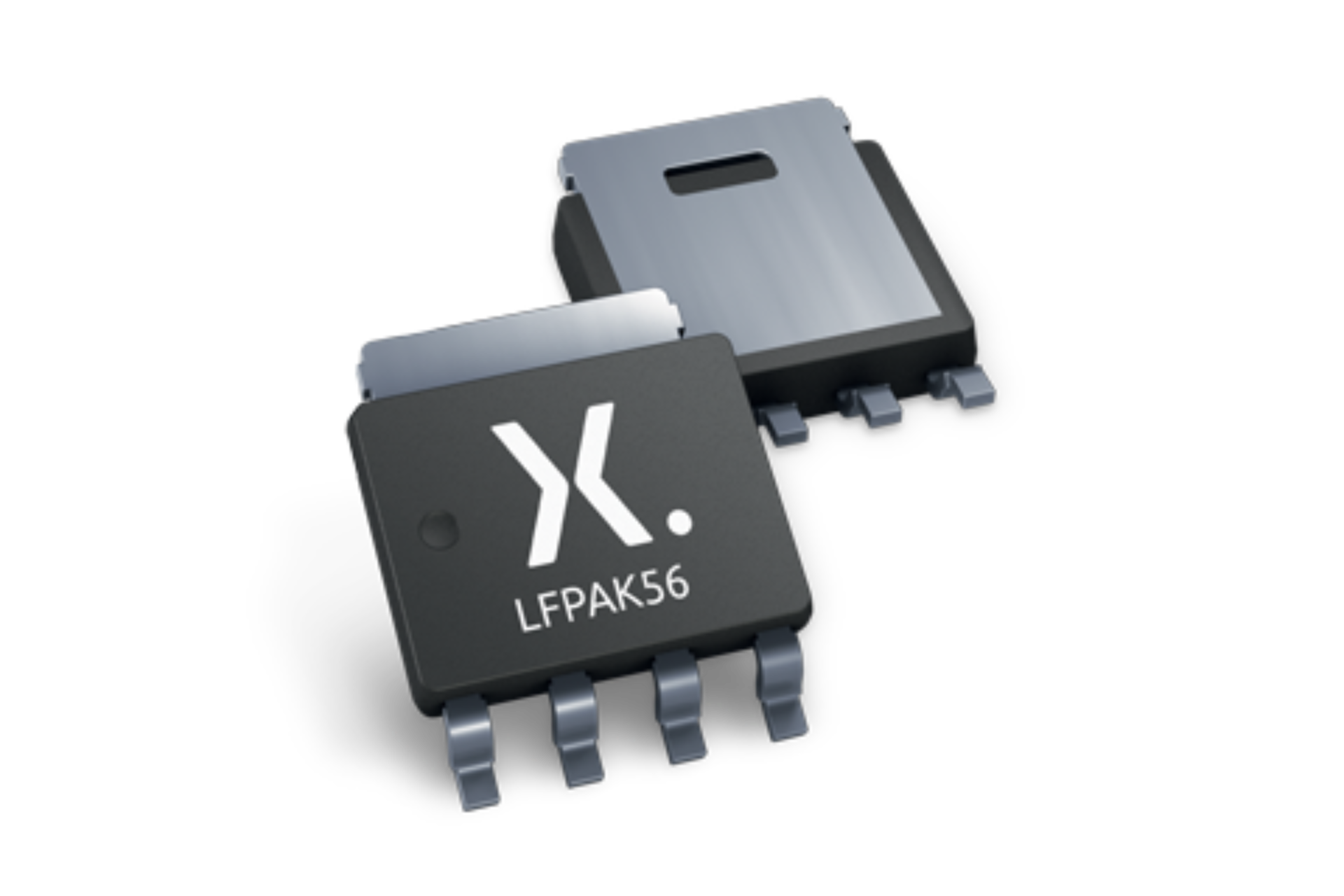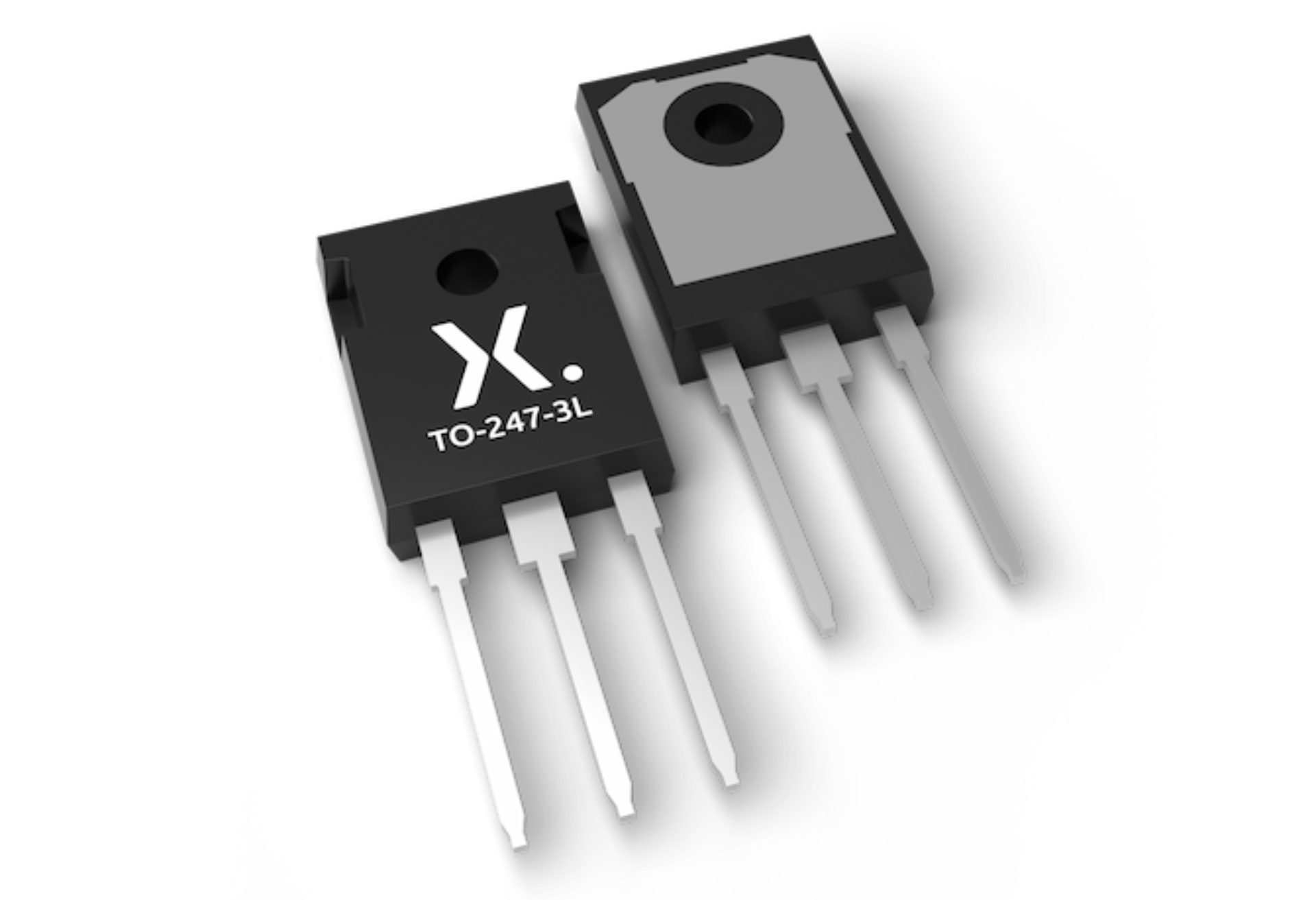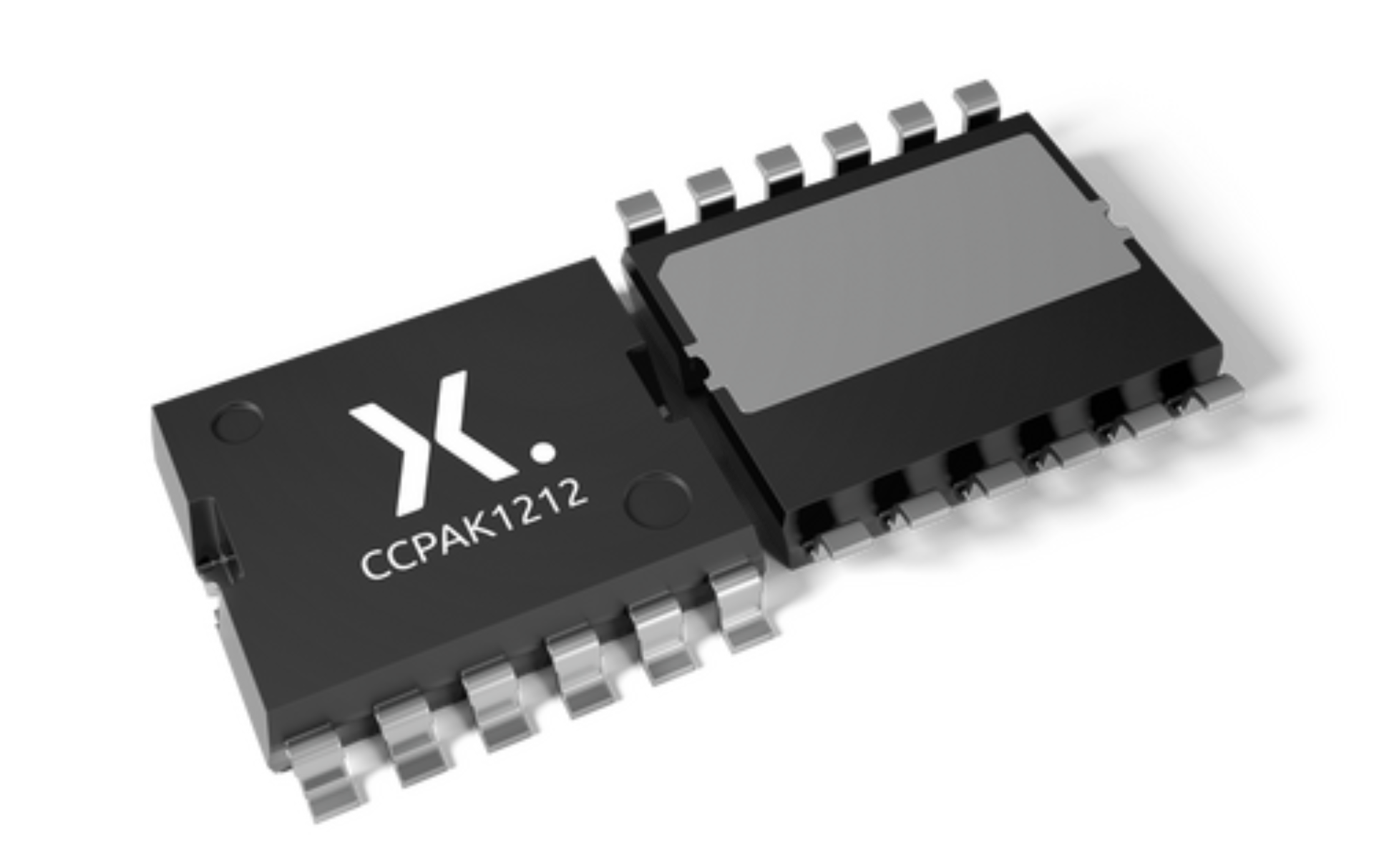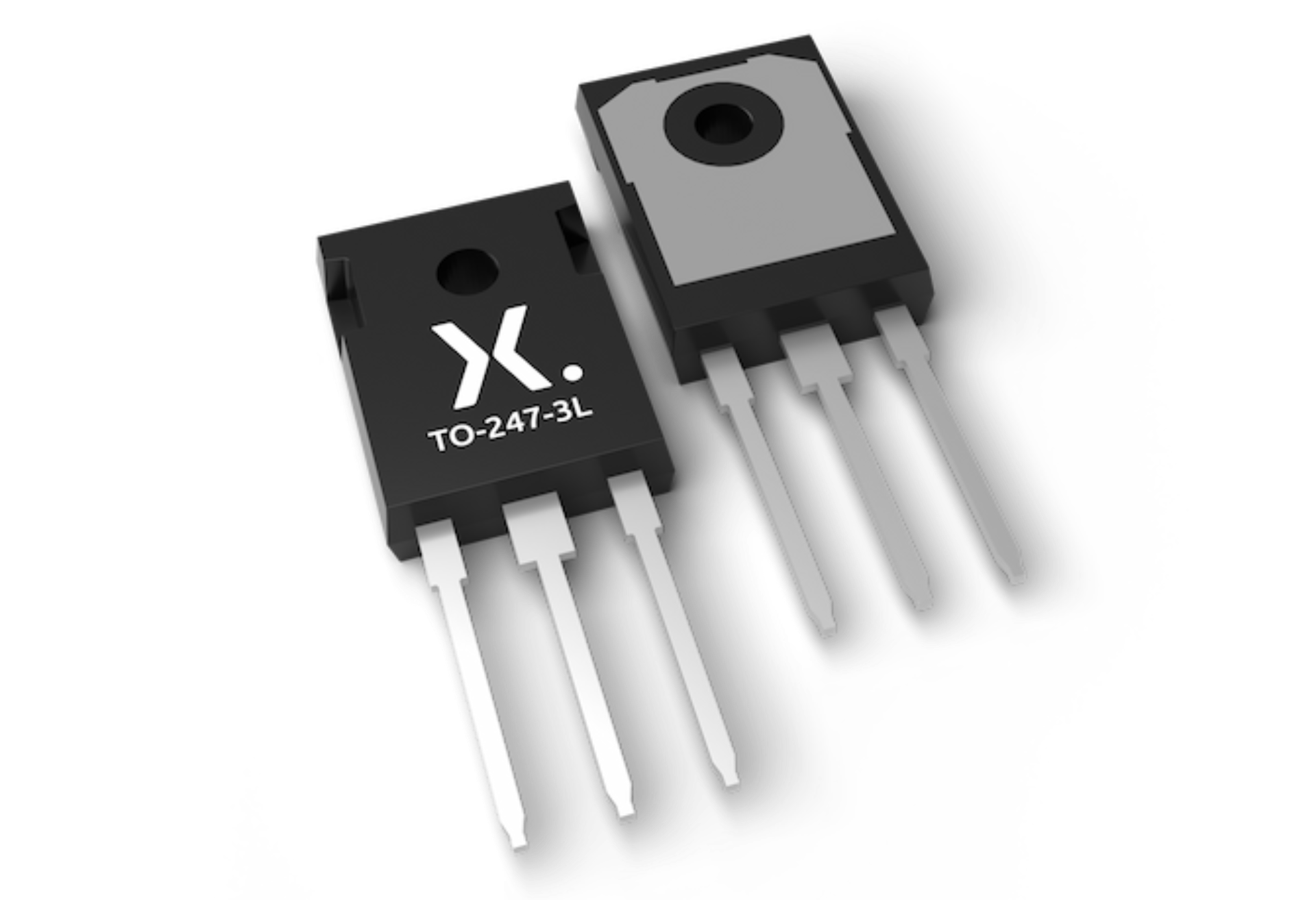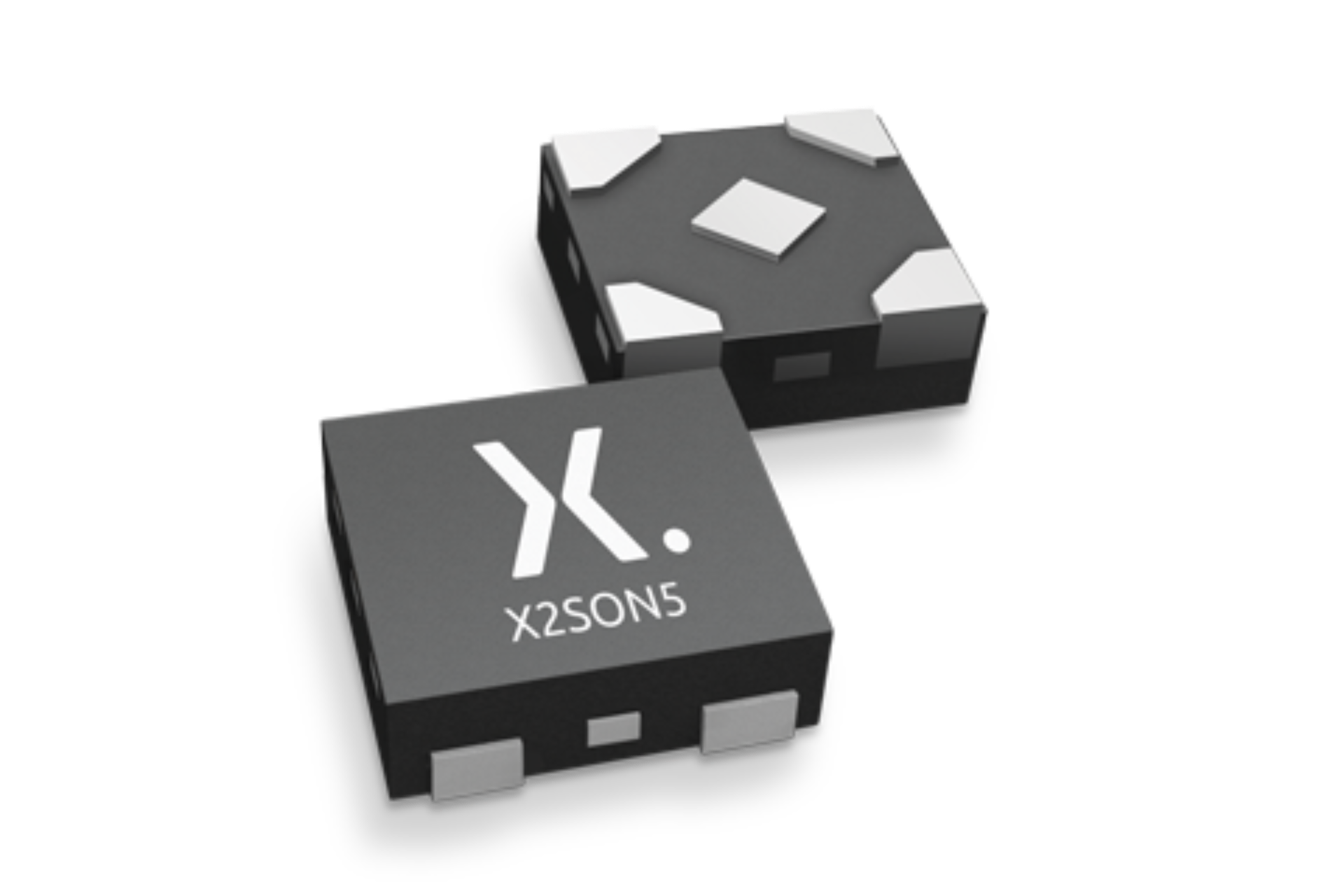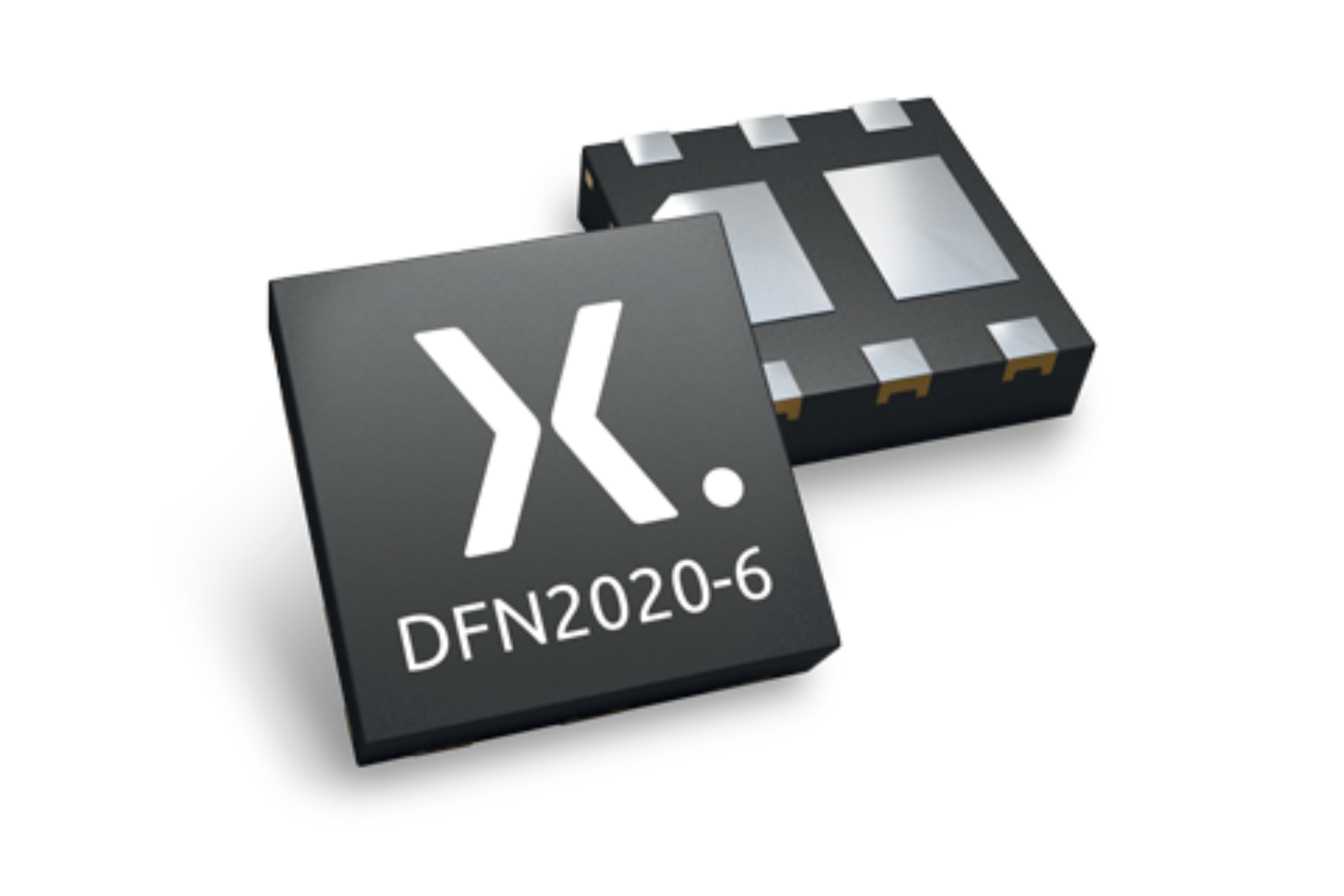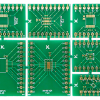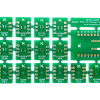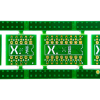- Block diagram
- Design considerations
- Design resources
- Product listing
- Support
Block diagram
Power interface
Power management
Recommended products (8)
- Ideal diode: 1.2-5.5 V, 1.5 A
- LDO regulators (greater than 30 V)
- Load switches: 5.5 V, 55 mΩ, up to 2.5 A
- Low-noise transformer driver: 1.2 A
- Low VCEsat (BISS) power transistors: LFPAK56
- MOSFETs: N-channel, 40-80 V, RDSon < 10 mΩ, LFPAK/MLPAK
- MOSFETs: P-channel, > 30 V, MLPAK / LFPAK
- Schottky diode: Trench , 40-100 V, CFP2-HP/CFP3-HP/CFP5
Communications interface
Signal processing
Recommended products (4)
Gate driver
Motor drive MOSFETs
Recommended products (1)
Battery isolation
Recommended products (1)
Motor isolation
Recommended products (1)
Select a component
To view more information about the Nexperia components used in this application, please select a component above or click on a component (highlighted in blue) in the block diagram.
Design considerations
- Input protection from reverse battery connection is achieved by ideal diode controllers
- Dual-redundancy designs require greater power densities and space saving, enabled by LFPAK56/56E package
- Safe and reliable switching of the MOSFETs is provided by integrated gate drivers
- Integrated converters provide turn-key solution for voltage conversion
- Efficient and smooth switching can be achieved with Schottky diodes in trench technology
- Further space saving, better thermal performance and automatic optical inspection are some of the advantages of small signal discrete and logic components in new DFN and CFP packages
- Signal voltage level differences between design sections can adjusted by bidirectional (NXB family for signal edge acceleration) and unidirectional (NXU family for signal integrity improvement) translators
Design resources
Product listing
Power interface
Power management
- Ideal diode: 1.2-5.5 V, 1.5 A
- LDO regulators (greater than 30 V)
- Load switches: 5.5 V, 55 mΩ, up to 2.5 A
- Low-noise transformer driver: 1.2 A
- Low VCEsat (BISS) power transistors: LFPAK56
- MOSFETs: N-channel, 40-80 V, RDSon < 10 mΩ, LFPAK/MLPAK
- MOSFETs: P-channel, > 30 V, MLPAK / LFPAK
- Schottky diode: Trench , 40-100 V, CFP2-HP/CFP3-HP/CFP5
